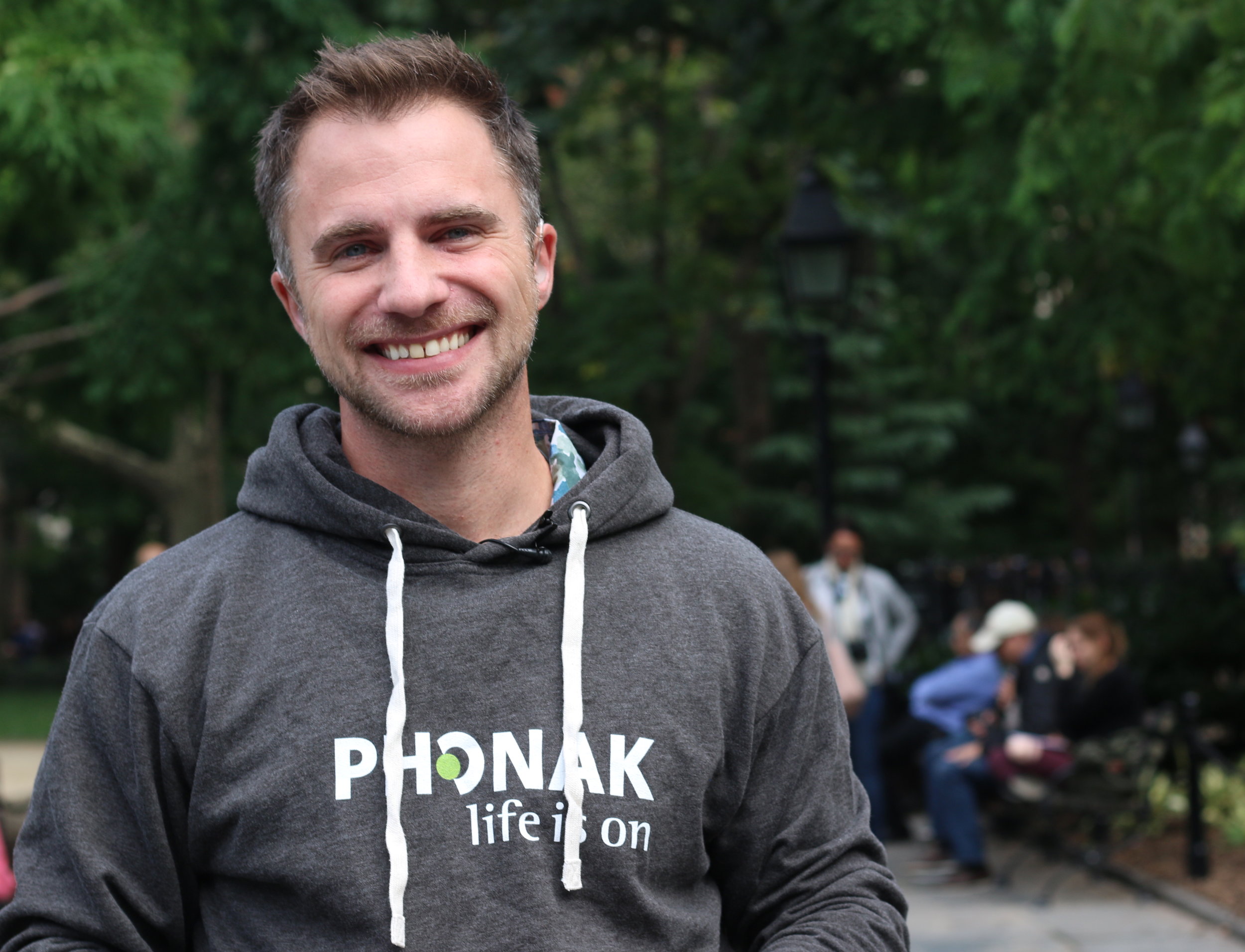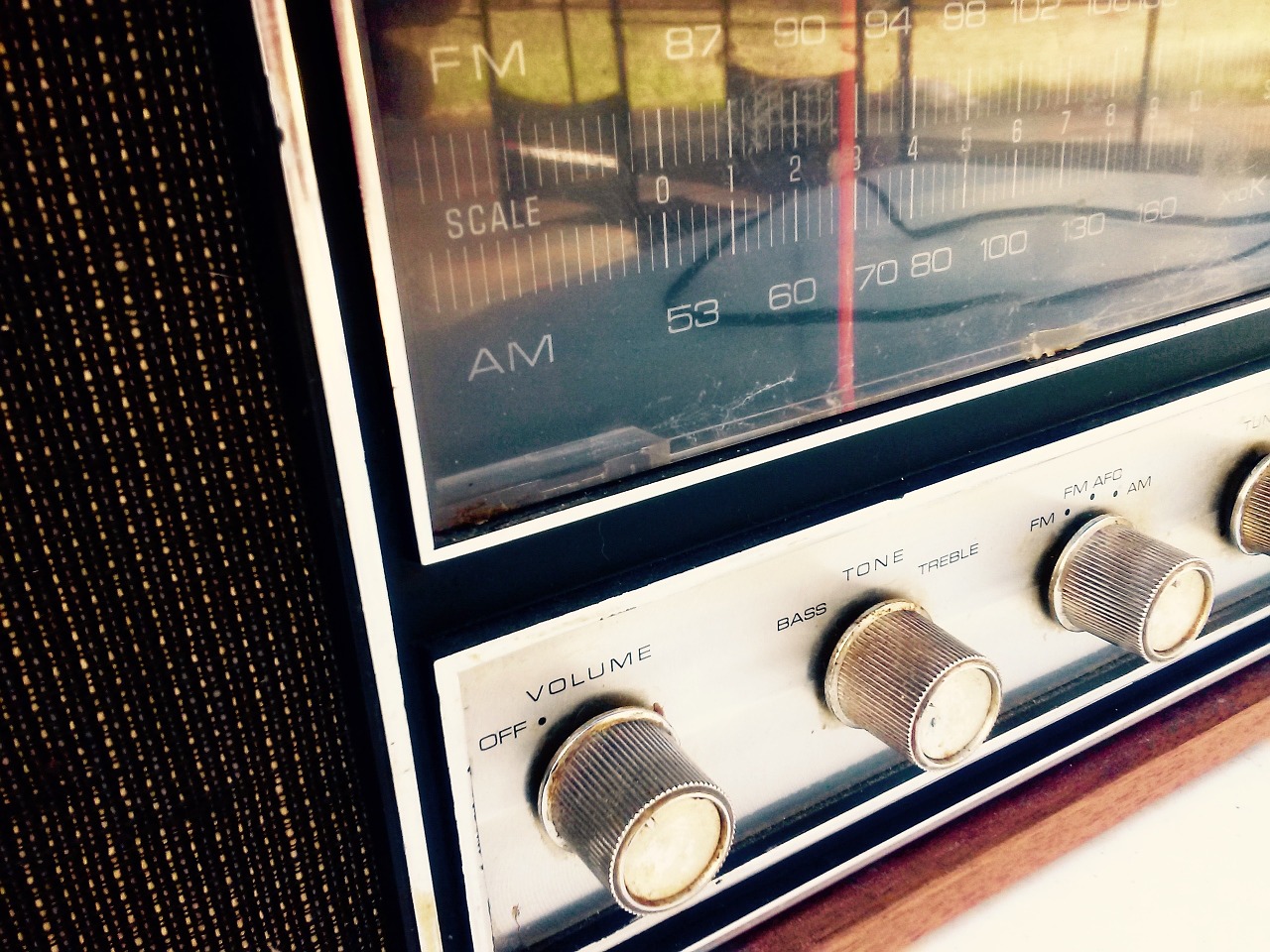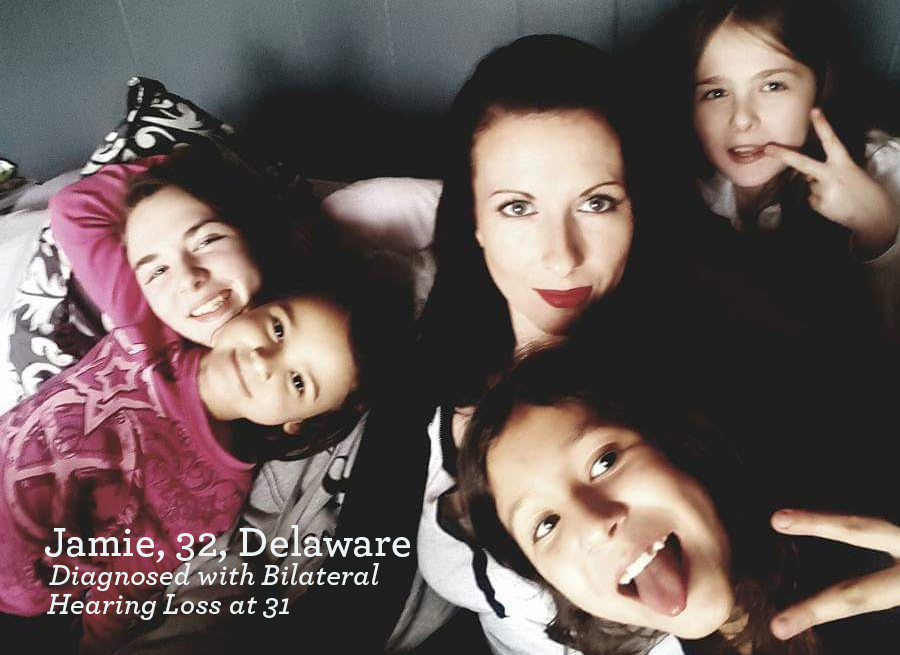By Lauren McGrath
Hearing Health Foundation's (HHF) newly established Ménière's Disease Grants (MDG) program will significantly advance our understanding of the mechanisms of Ménière's Disease. In 2018, two innovators will have the opportunity to investigate the disorder's diagnosis and treatment.
Ménière's Disease is a disorder of the inner ear that causes episodes of vertigo as a result of fluid that fills the tubes of the inner ear. In addition to dizziness and nausea, Ménière's attacks can cause some loss of hearing in one or both ears and a constant ringing sound. The causes of Ménière's remain unknown and a cure has yet to be identified. The National Institutes of Health estimates that 615,000 individuals in the United States live with the disorder.
Two grants have recently been awarded for 2018 for innovative Ménière's Disease research. Both grantees were also previously funded by HHF’s Emerging Research Grants (ERG) program.
Gail Ishiyama, M.D.
Gail Ishiyama, M.D. of UCLA David Geffen School of Medicine is focusing on cellular and molecular biology of the microvasculature in the macula utricle of patients diagnosed with Ménière’s disease. Her project will provide greater information on the blood labyrinthine barrier and allow for the development of interventions that prevent the progression of hearing loss and stop the disabling vertigo in Ménière’s disease patients.
Ian Swinburne, Ph.D.
Ian Swinburne, Ph.D. of Harvard Medical School is classifying the endolymphatic duct and sac's cell types and their gene sets using high-throughput single-cell transcriptomics. His work will generate a list of endolymphatic sac cell types and the genes governing their function, which will aid in Ménière's diagnosis (which can be delayed due to the range of fluctuating symptoms) and the development of a targeted drug or gene therapy.
HHF is grateful for the opportunity to fund Drs. Ishiyama and Swinburne. If you are interested in naming a research grant in any discipline within the hearing and balance space, please contact development@hhf.org.

















